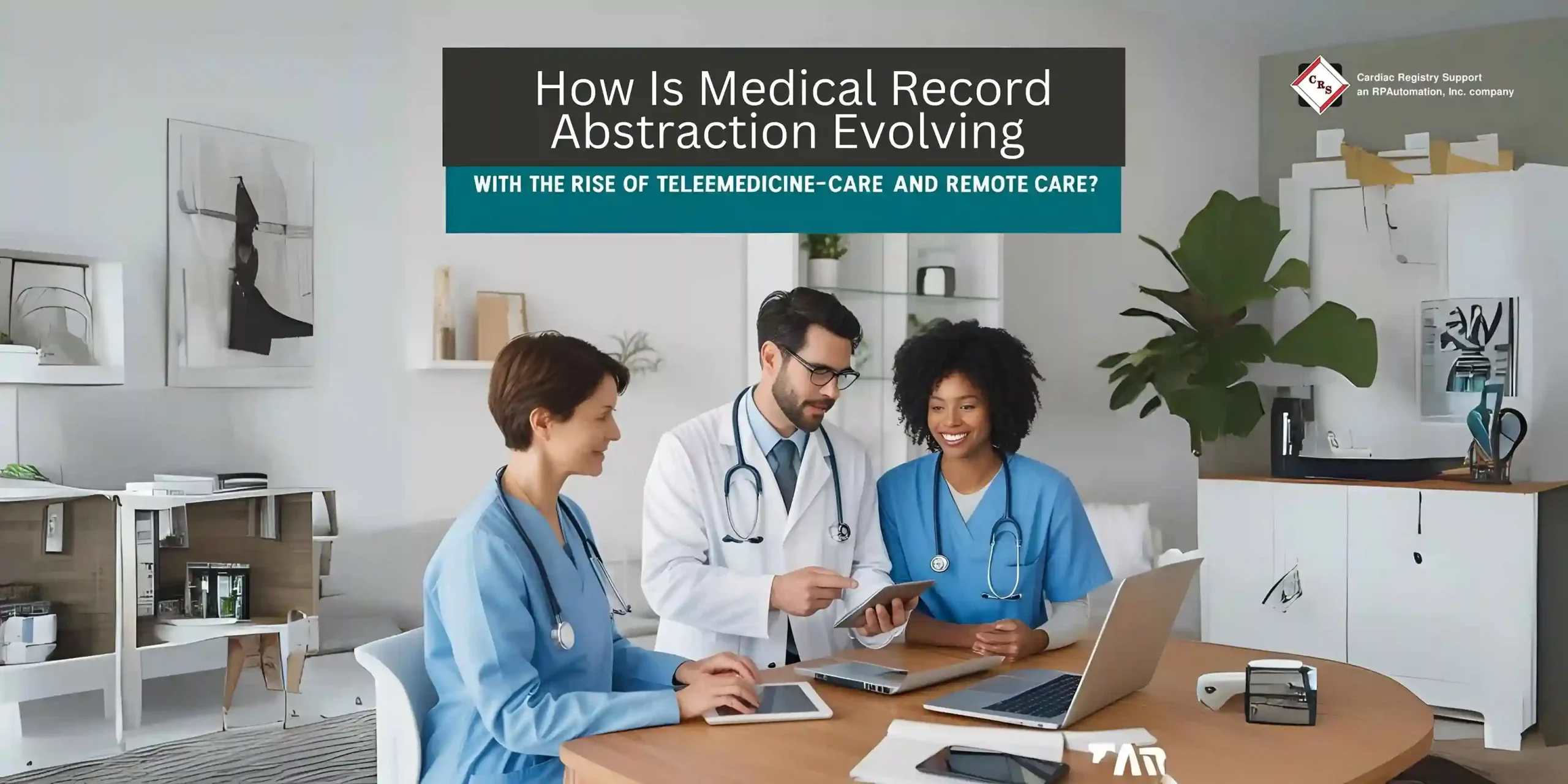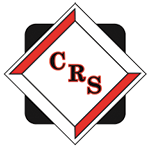Our relations with and dealings with patient data are transforming rapidly. The increased use of telemedicine and remote care has created an unprecedented need for accurate and efficient medical record abstraction. But what does this mean for healthcare providers, and how is technology shaping the future of remote registry services?
At Cardiac Registry Support, we assist healthcare facilities in optimizing their data processes, ensuring accuracy and efficiency. In this blog, we’ll look at how medical record abstraction is changing and how remote data abstractors are driving advancements in healthcare.
What Is Medical Record Abstraction?
Medical record abstraction is when pertinent patient data is collected from health records, processed, and organized for reporting, analysis, and auditing. This information is utilized to enhance patient care, ensure compliance with established standards, and monitor the patterns within the healthcare industry.
Up until now, this was performed manually by in-house personnel. However, with the adoption of telemedicine and remote healthcare, there is increasing demand from remote registries to store and process huge volumes of data seamlessly.
How Telemedicine Affects The Abstraction of Medical Records
While healthcare is much easier to access now due to telemedicine, data handling has become increasingly complicated. Here are a few mentioned changes:
Expansion of Digital Health Records
As online consultations with physicians have grown, medical interactions have shifted to being more digital. Remote data abstractors are responsible for ensuring that these records are properly categorized and stored.
Requirement for Swift Data Processing
Telemedicine consultations consist of a lot of data. Medical record abstraction needs to be done quickly and efficiently to accurately provide information in a timely manner for the patient’s needs.
Compilation of Various Sources of Data
Different forms of remote healthcare involve telehealth apps, EHRs, and smart devices for patients. All this information needs to be gathered to complete the patient’s file.
Adapting to Dynamic Compliance Policies
The growth of the telemedicine market comes with new healthcare regulations. Remote registry services must facilitate proper measures, as hospitals and clinics must comply with data protection regulations such as HIPAA.
The Changes Being Made to The Remote Registry Services Industry
Cardiac Registry Support provides hospitals and other healthcare providers with the most intricate data processes. Here are the changes being made to remote data abstraction to meet modern needs:
Data Abstraction Automation
Robotic Process Automation, or BPA, can now perform data abstraction with incredible speed and accuracy. Automated tools are now able to do the following tasks:
Automatically fetch critical details from a patient’s medical file within moments.
Decrease mistakes caused because of humans.
Accelerate the submission of data for registry reporting.
Analysis of Data Through AI
The use of artificial intelligence in healthcare is streamlining the process of identifying patterns and trends in data from patient medical records, allowing medical providers to improve decision-making and enhance patient care outcomes.
Multi-Layered Security
With remote access to patient data, the need for cybersecurity increases substantially. Multifactor authentication and encrypted remote access ensure that registry service providers who offer remote access to sensitive data maintain the best practices for data safety.
Accounting Business Process Outsourcing for Remote Data Abstraction
The growth in telemedicine has also resulted in the growth of the remote data abstractor market. This shift in trend leads to hospitals expanding their remote data management without wasting too many internal resources.
Consistent Data Accuracy With Specialized Remote Abstraction Providers
Working with remote registry services allows data to be managed by specialists exclusively trained in medical abstraction. Patient records can be maintained with much higher accuracy than those of less experienced data handlers.
Integrating Data from Wearable Technologies
As wearable health devices emerge, medical record abstraction becomes increasingly complex. Remote data abstractors, relatively new to the job, need to focus on measuring and interpreting actual patient data fetched from smartwatches, heart rate monitors, or fitness trackers.
Pros of Remote Medical Record Abstraction
Many healthcare providers are now outsourcing remote registry services for better efficiency. Here’s why:
| Benefit | How It Helps |
| Cost Savings | Reduces the need for in-house data abstraction teams. |
| Improved Accuracy | Ensures compliance with registry guidelines. |
| Faster Processing | Speeds up report submissions and regulatory compliance. |
| Scalability | Handles growing patient data needs with ease. |
| Data Security | Protects patient information through encrypted systems. |
| Better Patient Care | Allows doctors to focus more on treatment rather than data management. |
| Compliance Assurance | Keeps facilities updated with the latest data protection laws. |
Problems With Remote Medical Record Abstraction
Although numerous benefits come with remote registry services, it is also important to note the problems that come with these services:
Problems With Data Standardization
Data from healthcare usually originates from many different sources and is obtained in many formats. Standardizing this data to fit particular analysis and reporting processes is largely manual.
Cybersecurity Concerns
As remote access to patient data increases, so does the chance of cyber attacks. To prevent such attacks, it is important to maintain adequate encryption and secure access to data.
Training and Knowledge
Medical record abstraction at a distance is always a challenge and requires a lot of experience. With emerging regulations and new technologies, the trained workforce has to be retrained regularly.
Costs of Technology
Some healthcare industry personnel may find it expensive to adapt automation and AI tools to their processes. But another option would be to contact a specialized vendor like Cardiac Registry Support, and the expenses would, in fact, be less.
FAQs
What does a remote data abstractor do exactly?
A remote data abstractor’s main duty is to summarize and present medical histories from electronic health records to registries for auditing and to ensure proper and accurate care.
Why is remote registry support necessary for telemedicine?
Disposing of the immense amount of patient information produced by telemedicine is crucial for remote registry services as it promotes enhanced patient care and compliance.
Are human abstractors fully replaceable by automated tools?
While automation makes everything quicker and more efficient, there are some more tedious and intricate areas where it alone is not sufficient.
What are the benefits of outsourcing medical record abstraction for hospitals?
Outsourcing reduces the workload while maximizing efficiency and precision and fostering an environment in which healthcare providers focus more on the patients.
Using remote medical record abstraction, how is the security and confidentiality of patient data ensured?
Companies that use remote medical record abstraction usually protect patient data from unauthorized exposure by utilizing harsh encryption and multifactor authentication while obeying HIPAA and other regulations.
Conclusion
The uptake of Telemedicine and healthcare offered remotely is shaping the future of telehealth services. As health providers digitalize their records, they must start utilizing remote registry services and automated tools.
With experts like Cardiac Registry Support, data abstraction done remotely is not only accurate but also efficient and compliant. In the journey of healthcare, ensuring that there is comprehensive technology and expertise will facilitate effective patient data management.


